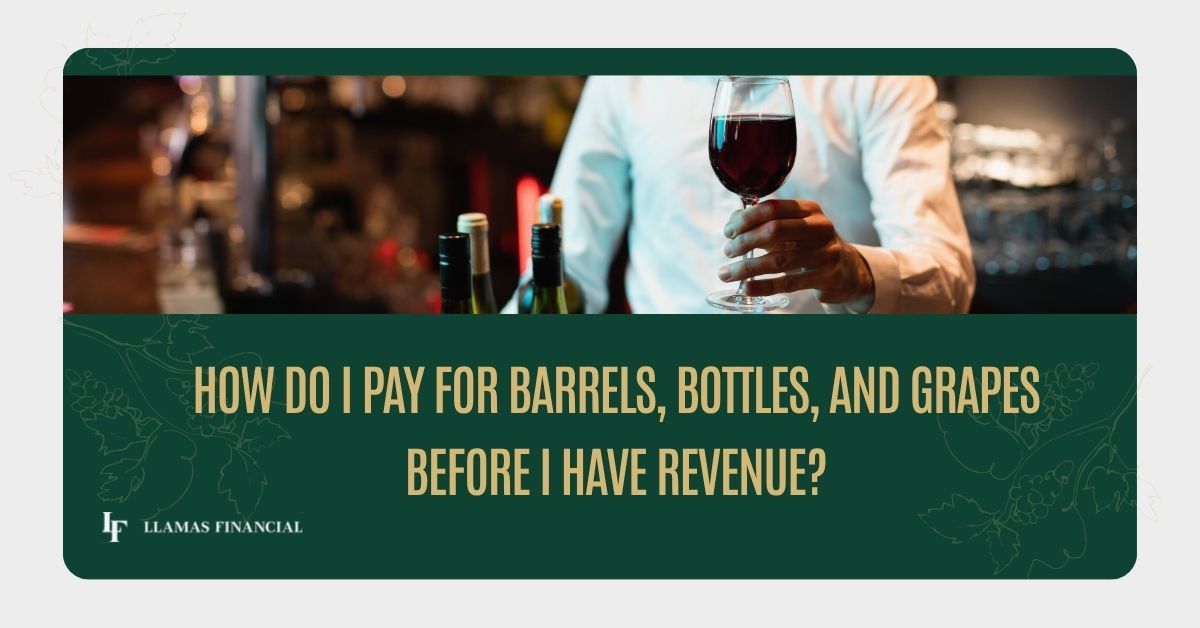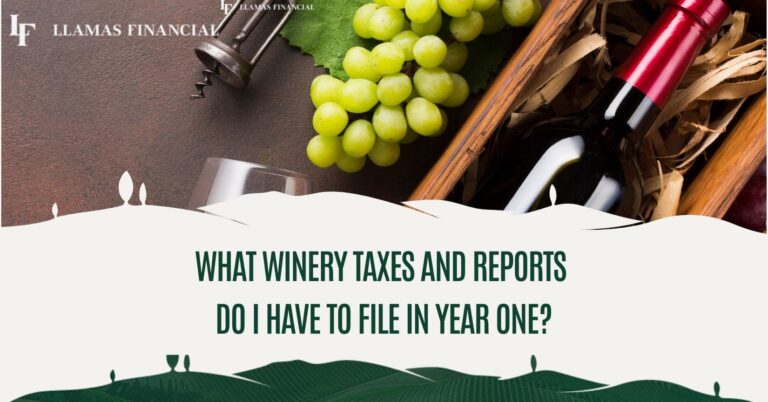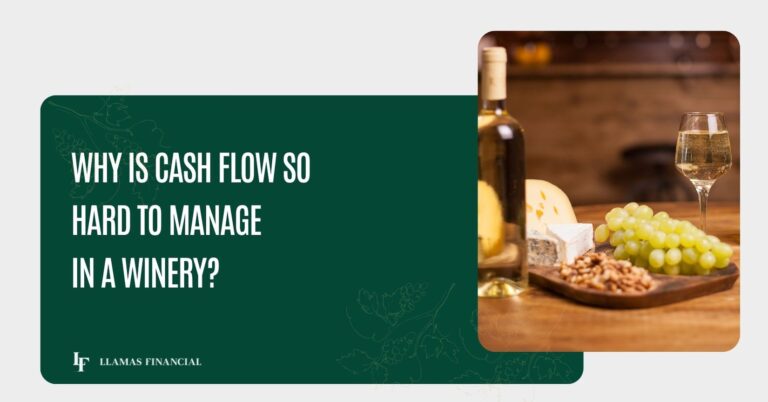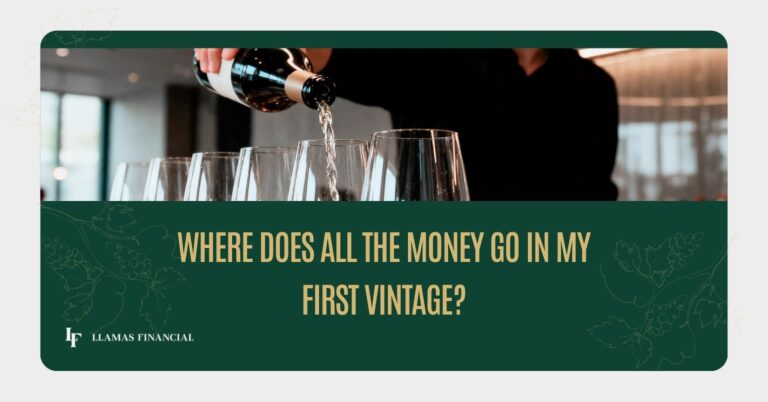One of the hardest realities for new winery owners is how much money goes out the door before a single bottle is sold. Grapes, barrels, bottles, labels, and corks all require cash upfront, and unlike other businesses, you don’t get immediate sales to offset those costs. Instead, your wine may be sitting in barrels or aging in bottles for months, sometimes years, before it generates revenue.
It’s no surprise that cash flow is the number one stressor for wineries. The good news is, you’re not the first to face this challenge. There are proven strategies to pay for barrels bottles and grapes before revenue and keep your winery financially stable during those early years.
Why the Timing Feels So Difficult
In many industries, the cycle between spending and earning is quick. Restaurants buy ingredients, serve meals, and earn cash the same week. Retailers order products and sell them within a few months. Wineries don’t have that luxury. You might be paying vineyard workers, buying grapes, and ordering barrels in September — but you may not release and sell that vintage until a year or two later.
That mismatch between costs and income is what makes wineries so capital-intensive. You’re essentially funding an inventory that doesn’t generate cash until the future. Understanding this cycle is the first step in planning for it.
Strategies Wineries Use to Cover Upfront Costs
1. Financing and Credit Lines
Most wineries rely on some form of financing. A business line of credit, equipment loan, or agricultural loan can bridge the gap between production expenses and future sales. The key is structuring debt responsibly so you’re not overleveraged when sales finally arrive. A winery accountant can help you model repayment timelines and interest costs against expected revenue.
2. Vendor Terms
Sometimes, it’s possible to negotiate payment terms with suppliers. If your bottle supplier gives you 90-day terms instead of 30, that extra time can make a huge difference. The same goes for label printers, barrel providers, or even grape growers. Strong relationships and clear communication can buy you breathing room.
3. Pre-Sales and Wine Clubs
Offering early access or pre-sales is another way to generate cash before wine is released. Wine clubs, in particular, provide steady recurring revenue that helps smooth out cash flow. Many wineries launch their club as early as possible, even with limited vintages, because those memberships help fund the next production cycle.
4. Strategic Inventory Planning
Not all expenses have to happen at once. For example, investing in high-end barrels might be part of your long-term vision, but starting with a smaller mix of new and neutral barrels can keep upfront costs manageable. The same goes for packaging decisions. Custom bottles and intricate labels look beautiful, but they’re expensive. A winery accountant can help you model how different choices affect your cash flow without sacrificing quality.
Avoiding the Cash Flow Trap
One of the biggest mistakes new winery owners make is underestimating how long it will take to see cash come in. They may assume sales will cover costs within a year, only to be surprised when revenue lags behind. Others make the mistake of leaning too heavily on wholesale, which brings in cash faster but at much thinner margins.
This is where having a financial roadmap is critical. A winery accountant can build cash flow projections that show exactly when money will go out and when it will come in. That way, you know when to expect crunches and can plan for financing, pre-sales, or reserve funds well in advance.
Balancing Growth and Stability
It’s tempting to push for rapid growth – bigger production runs, more vineyard land, or upgraded equipment – but those decisions can strain your cash flow if made too early. The goal in the early years is sustainability: producing enough wine to build your brand and sales channels while keeping costs manageable. Once your revenue base is steady, you can reinvest in expansion with less financial risk.
Takeaway
Paying for barrels, bottles, and grapes before revenue isn’t a sign that something’s wrong with your winery. It’s simply the nature of the industry. The challenge isn’t avoiding these costs, it’s managing them strategically. With the right mix of financing, smart vendor relationships, pre-sales strategies, and careful planning, you can bridge the gap between today’s expenses and tomorrow’s revenue.
At Llamas Financial, we help winery owners map out cash flow so these crunches don’t come as a surprise.
With a winery accountant in your corner, you’ll know exactly how to cover costs today while setting your business up for profitability tomorrow.
Book an introductory call with us, and we’ll get right back to you.





